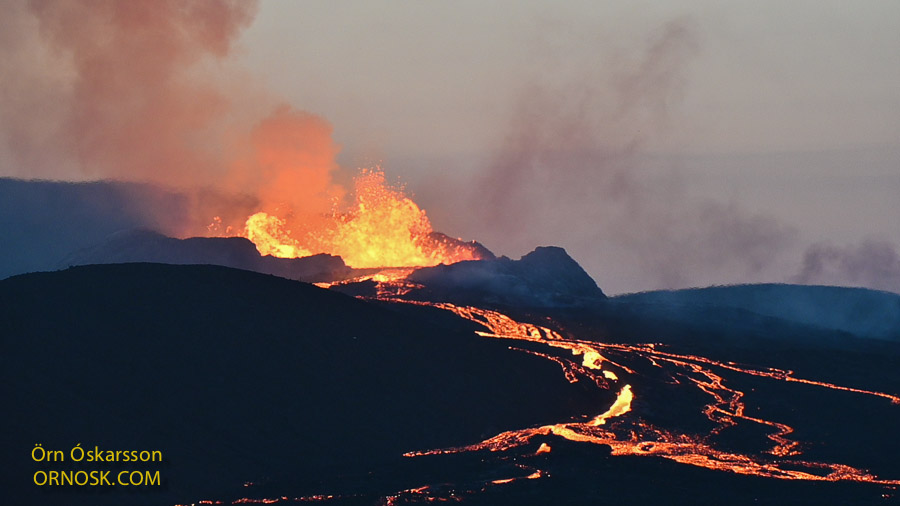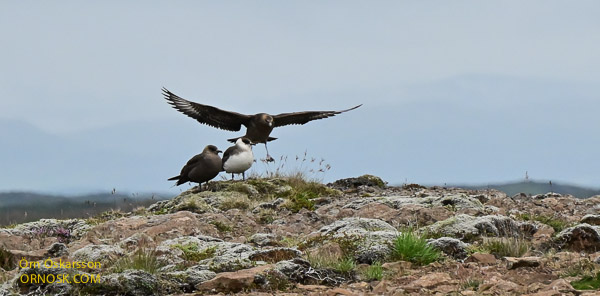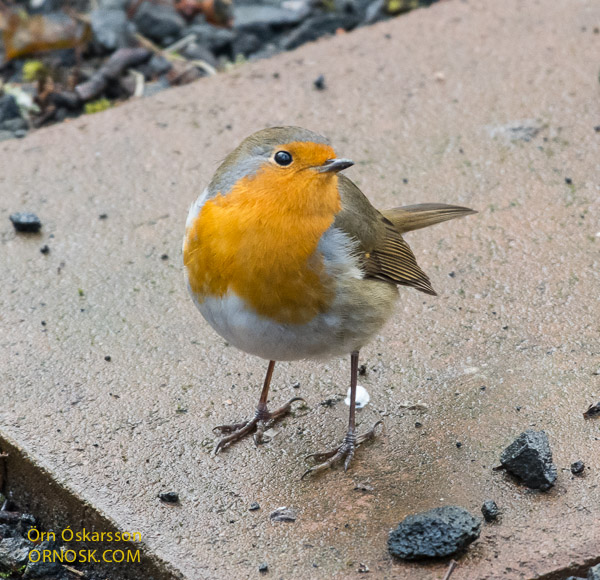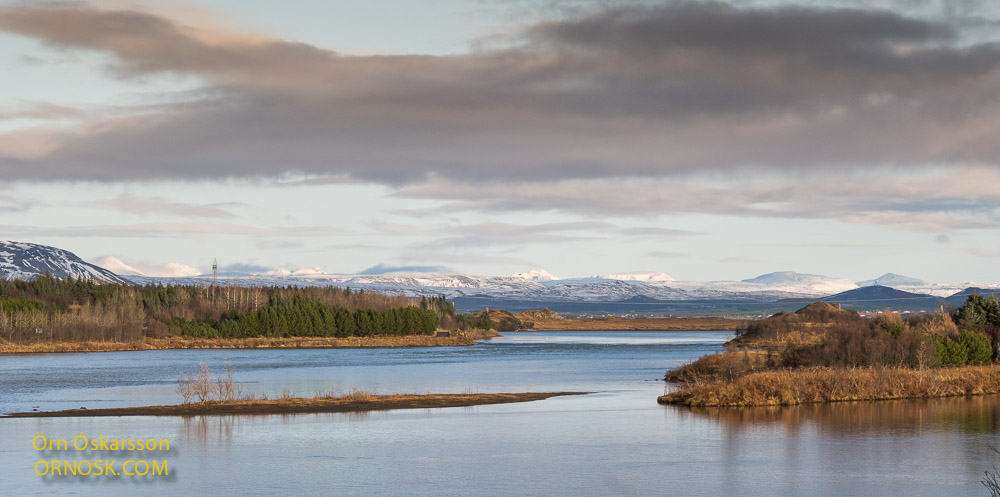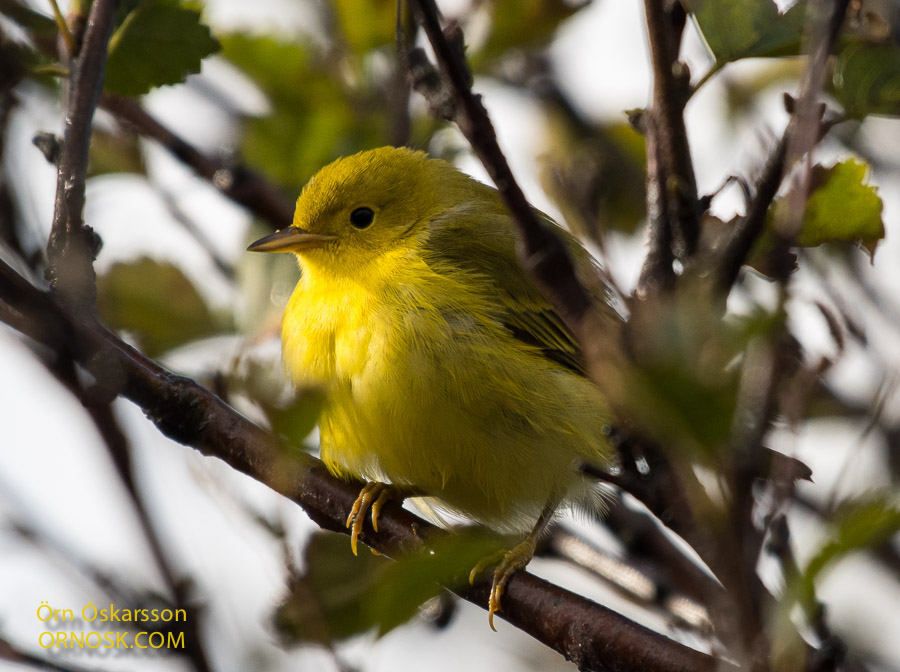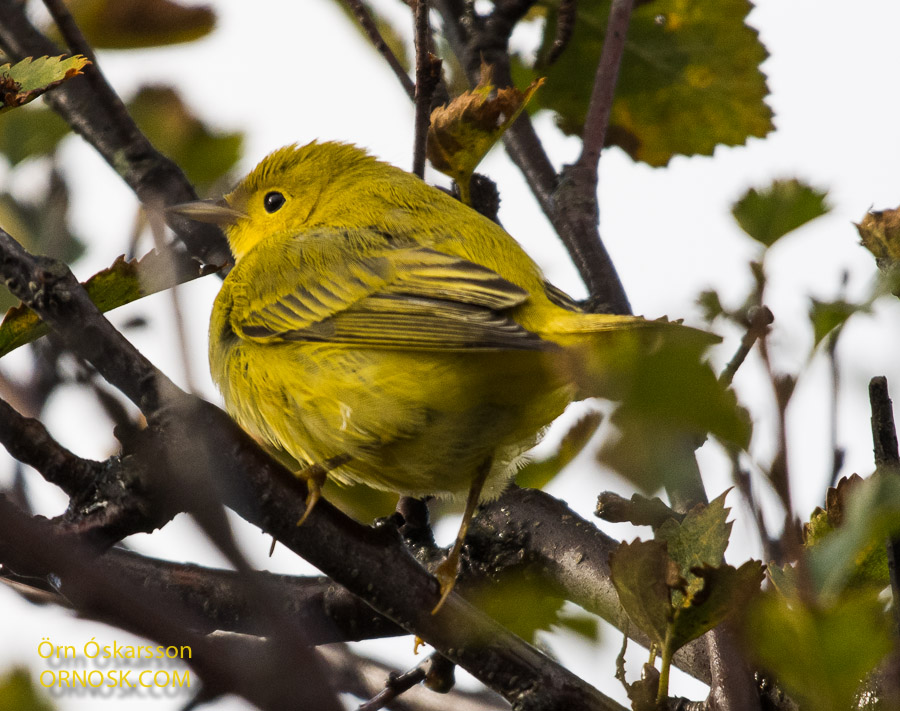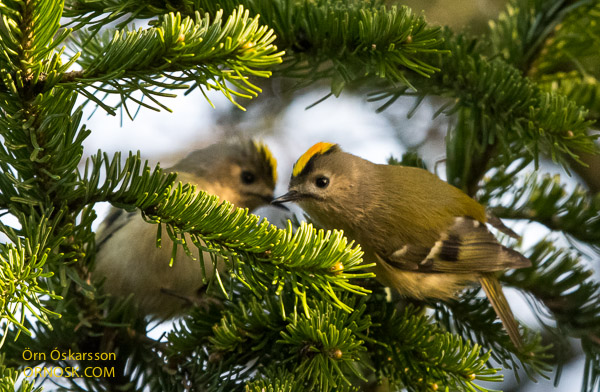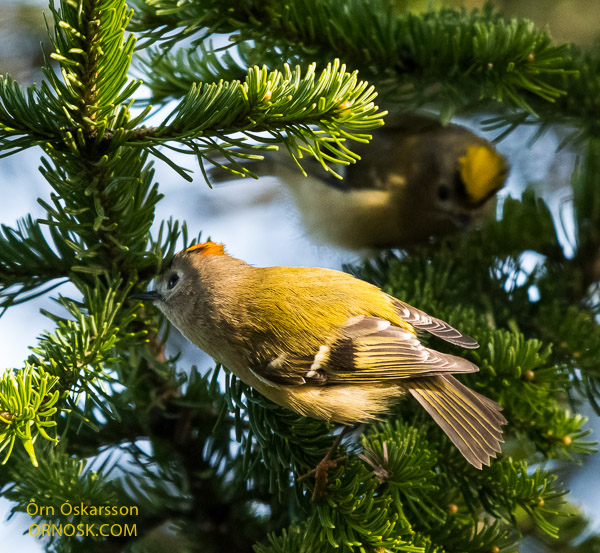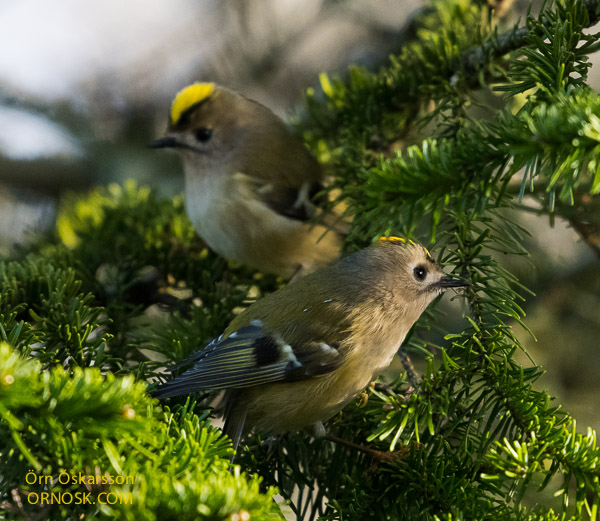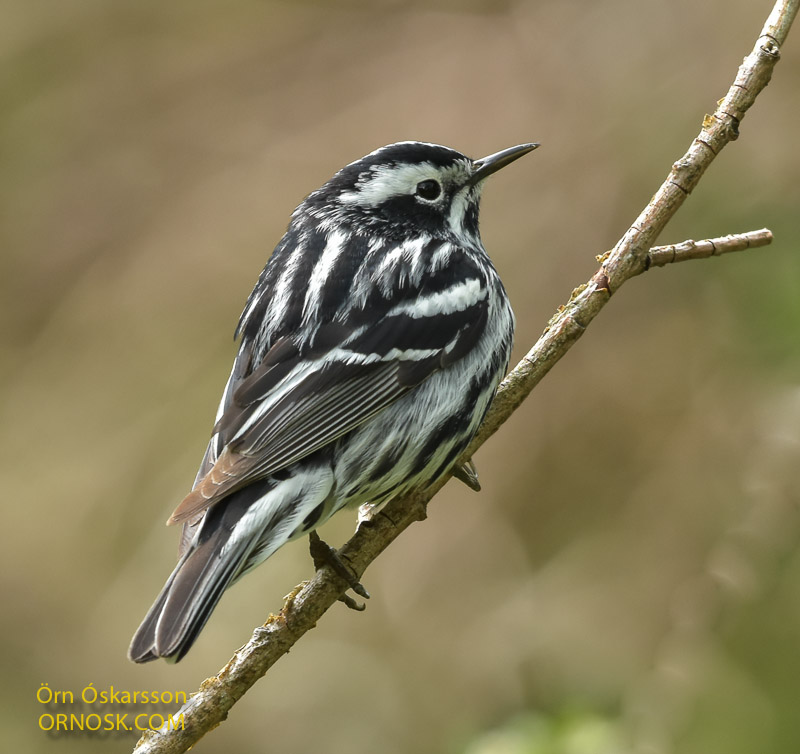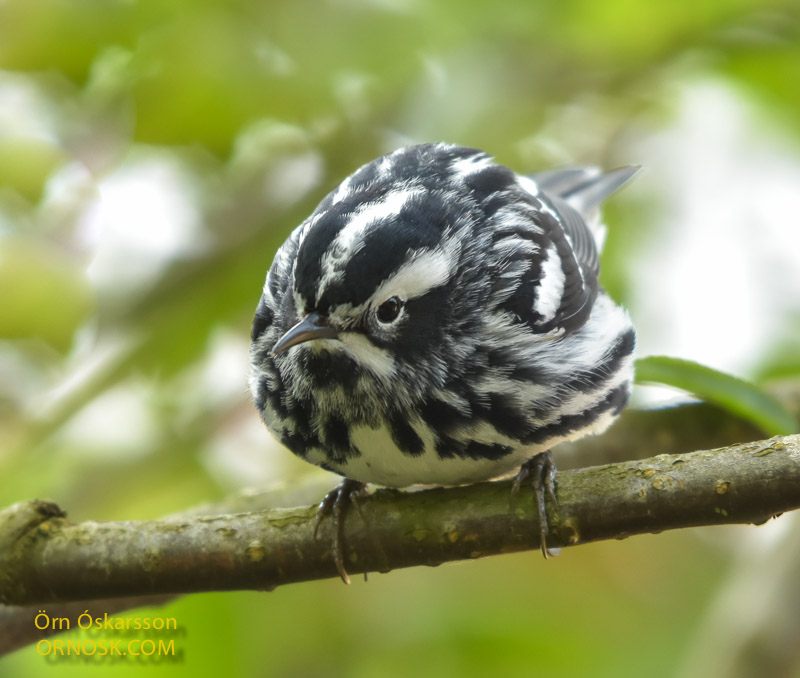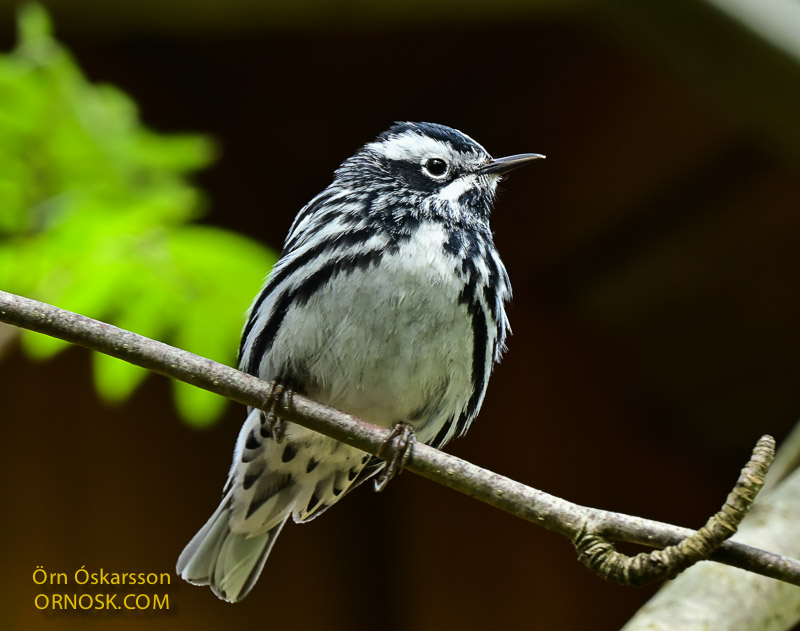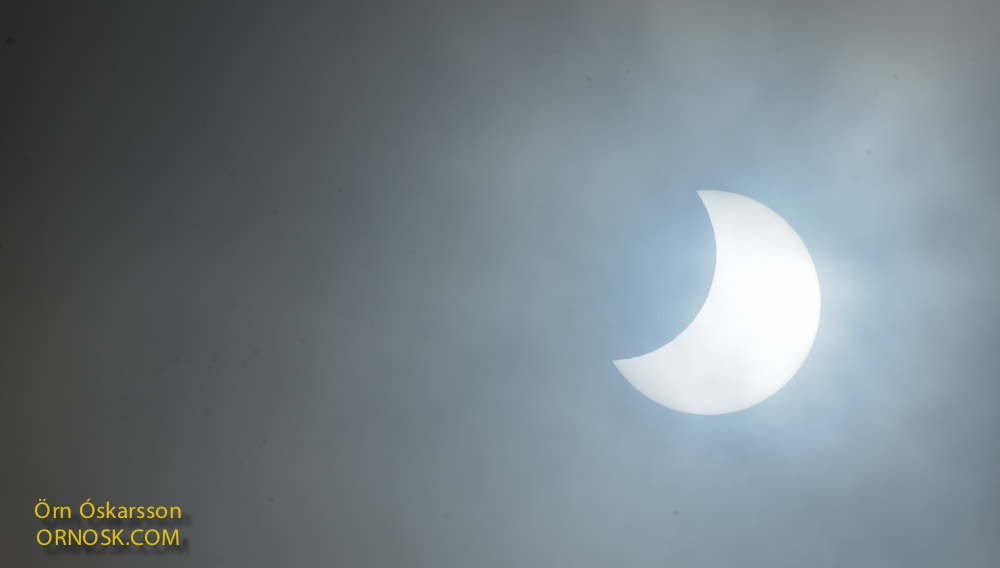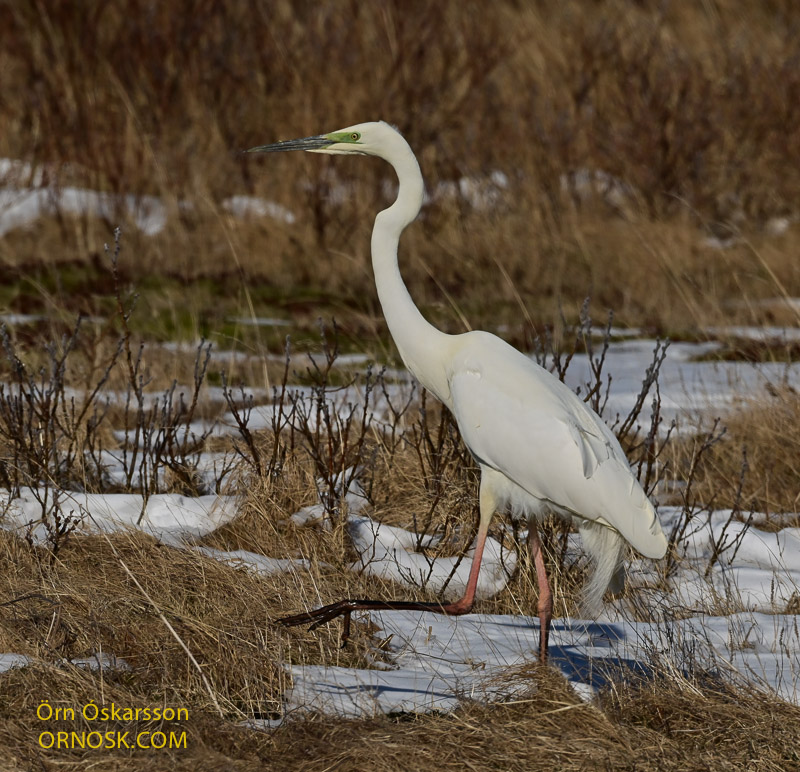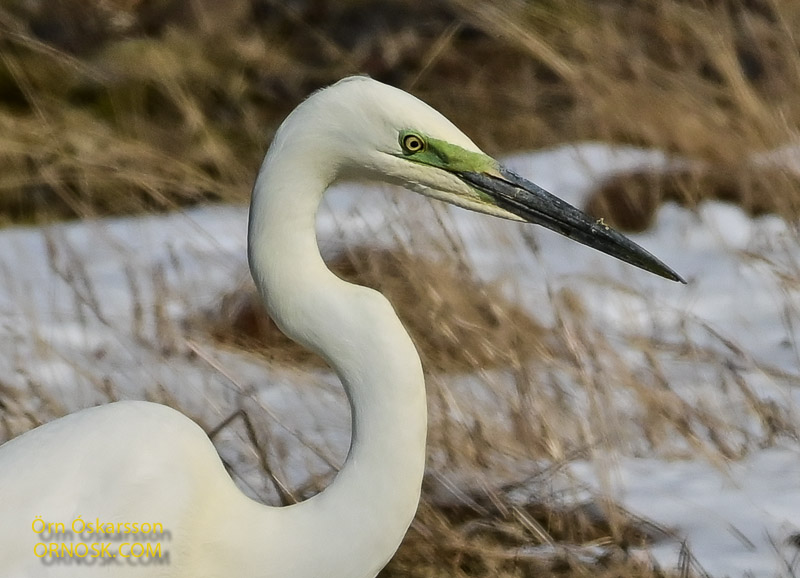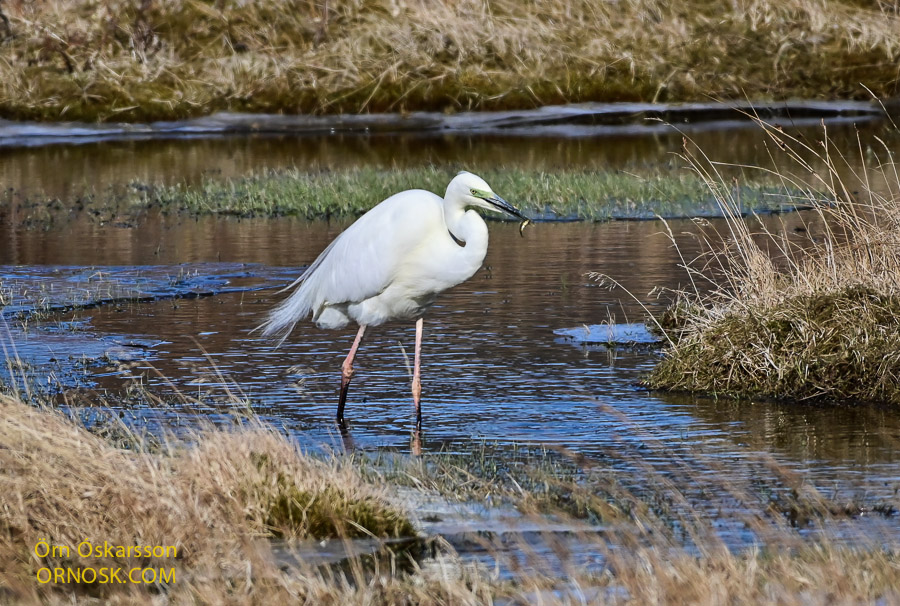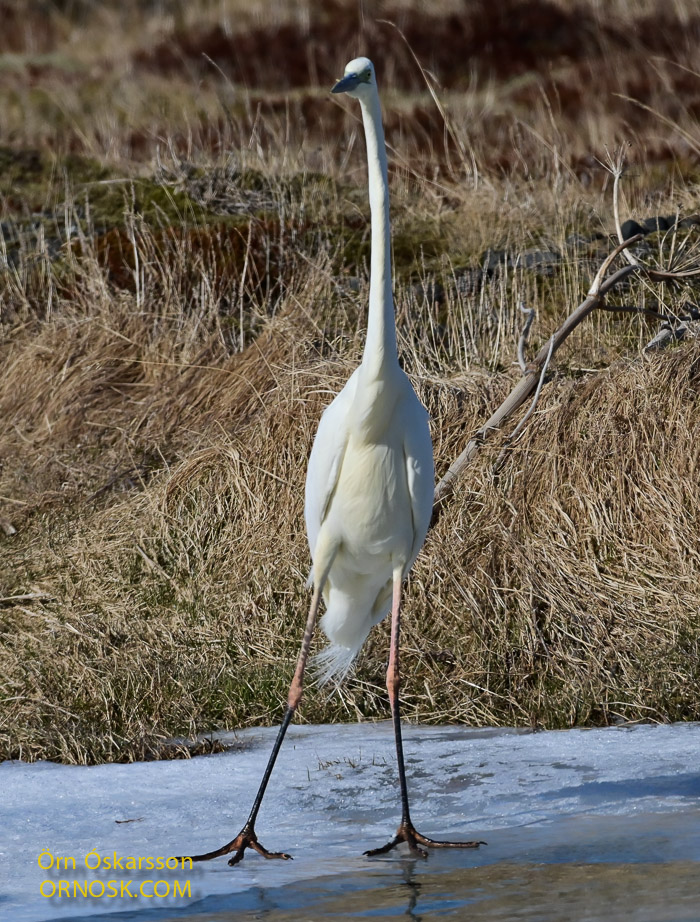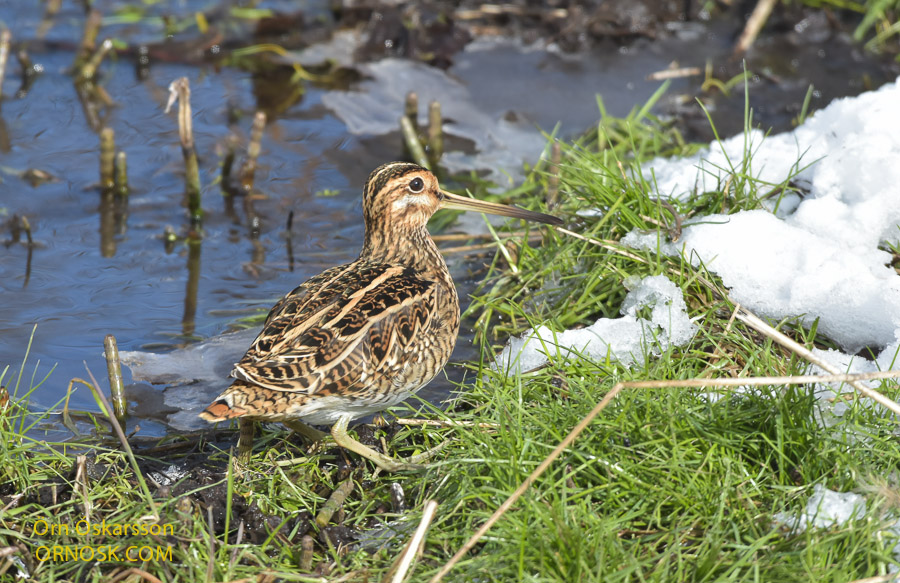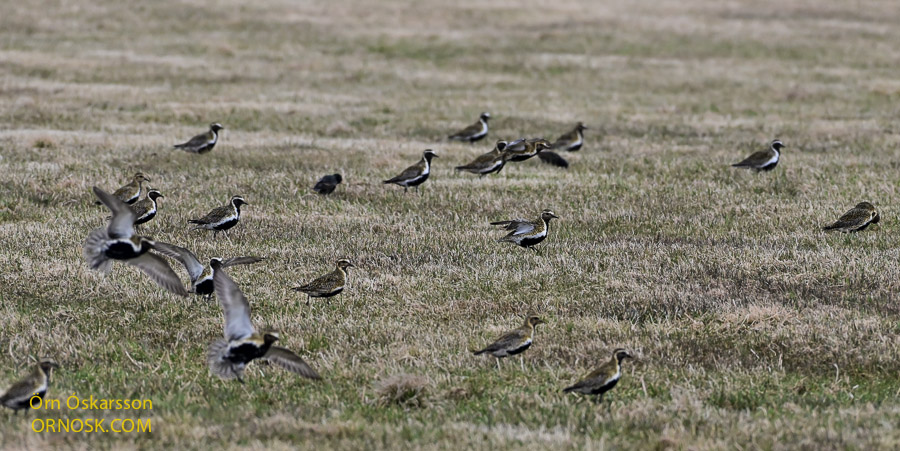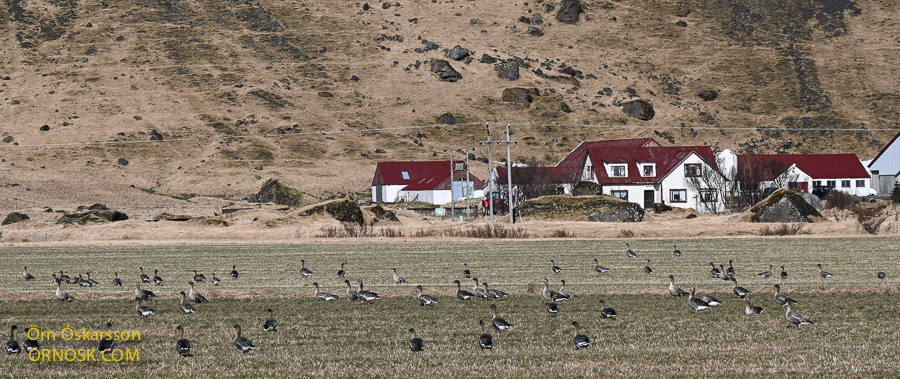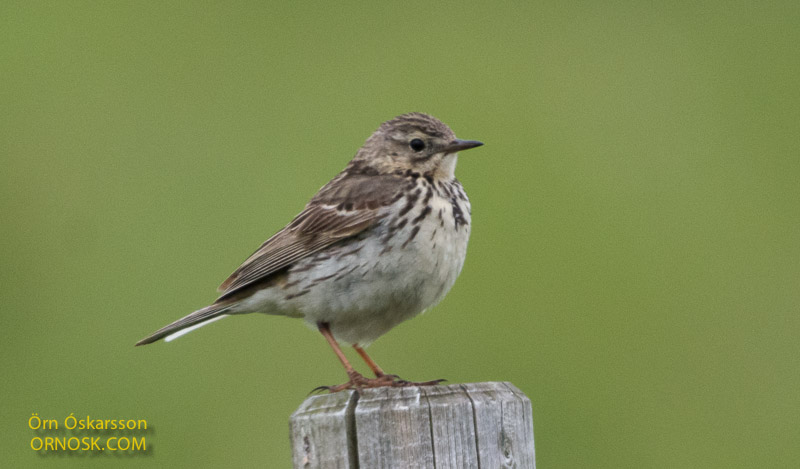
The eruption in Geldingadalir, Reykjanes Peninsula, is an extraordinary event, and the longest lived eruption in the 21 century, lasting 181 days. Although the area has been considered active, the last eruption in Reykjanes Peninsula was around 800 years ago. Geologists say that we are now entering an era of volcanic activity in this area which has several active volcanoes.
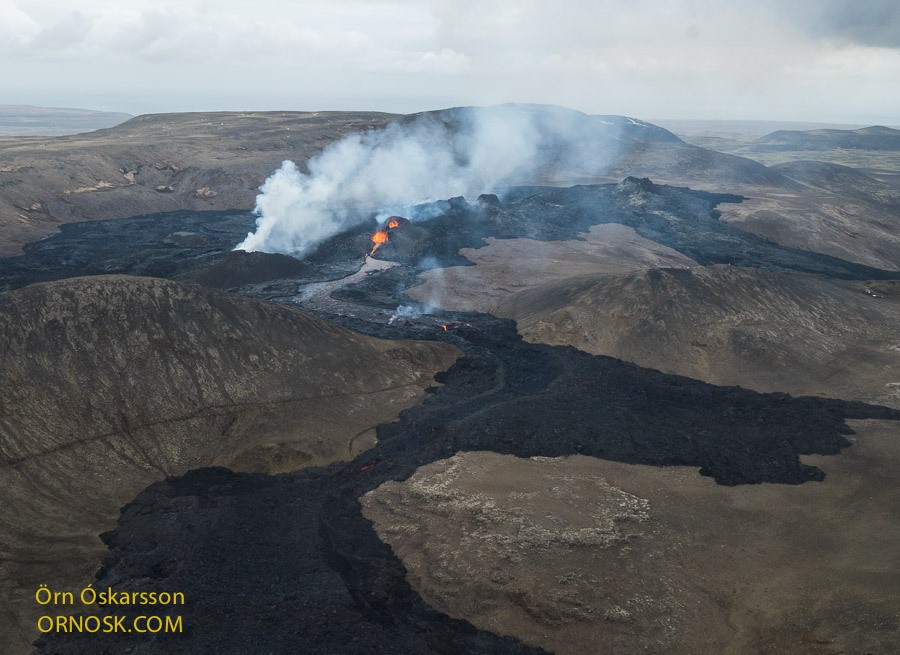
The eruption seems to be over but there are still earth quakes in the area and some smoke coming from the crater and the lava. In the middle of November the Icelandic Met Office confirmed that uplift has started again south of Fagradalsfjall and north of Keilir.
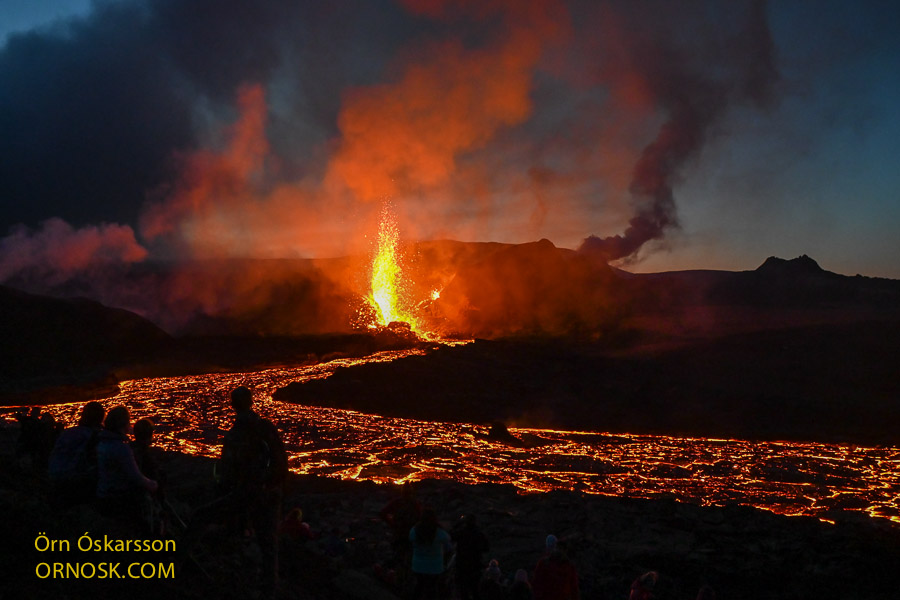
The eruption in Geldingadalir started on March 19 2021 after a period of earthquakes.
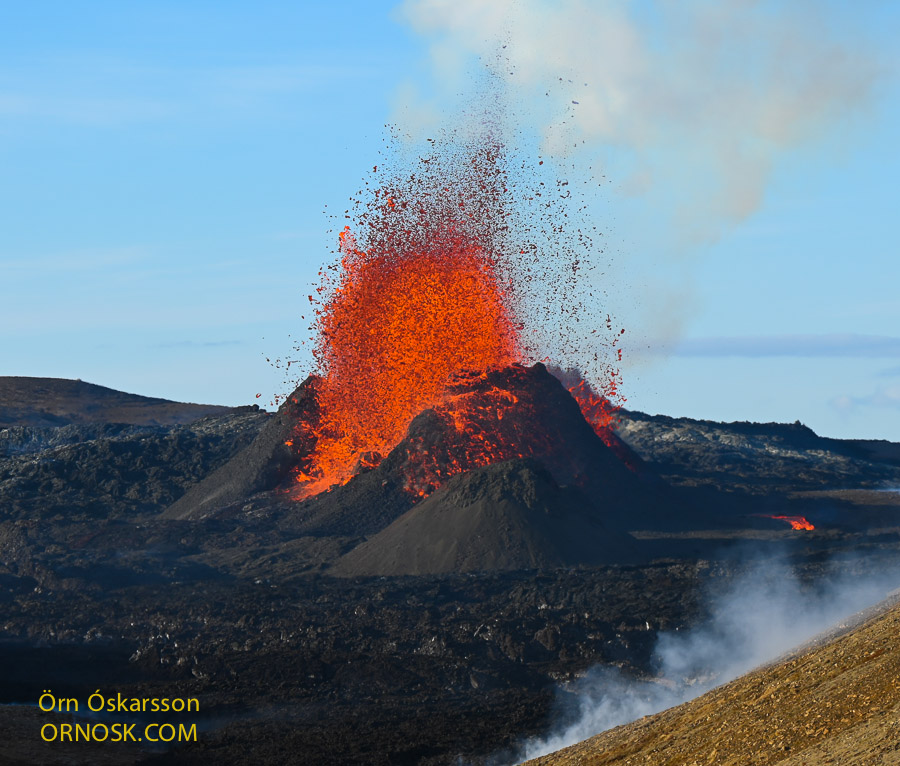
At first there were several rather small fissures that spewed lava and then closed, and a new one or two opened.
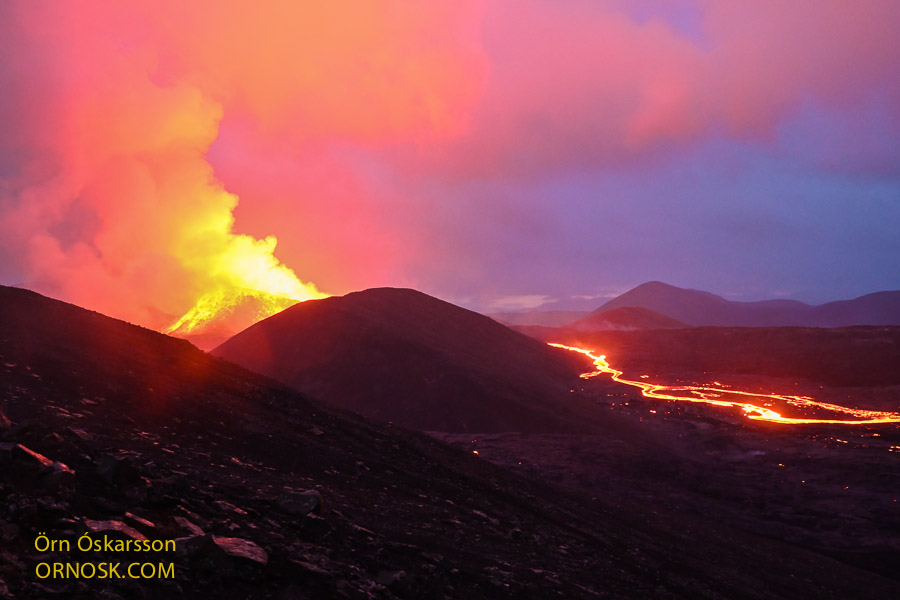
In April one crater became dominant and for six months it went from being very active to less active, with a few short dormant periods in between.
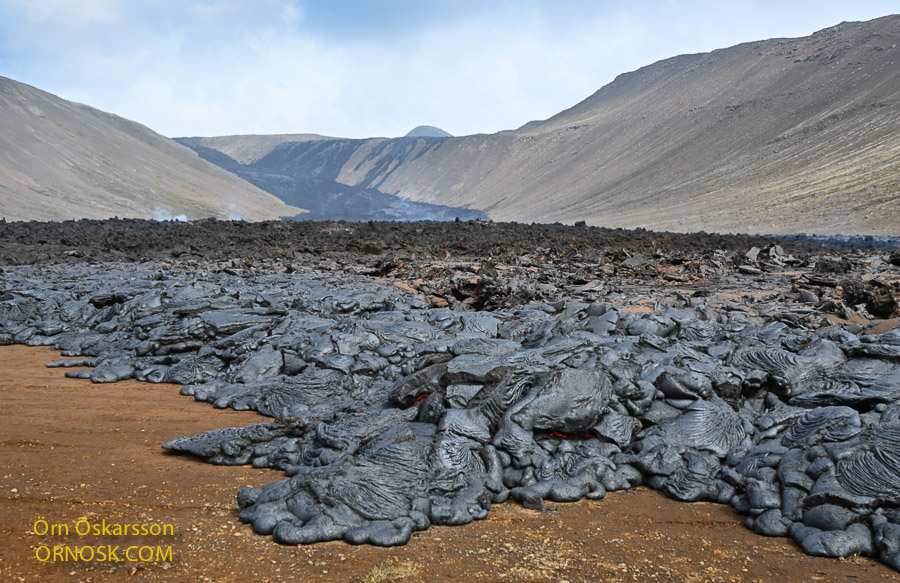
At times the lava flowed extensively and there was concern that it would reach the road and the town of Grindavík. But these were never in any actual danger. The lava flow was never constant resulting in accumulation of layers of lava in the same areas.
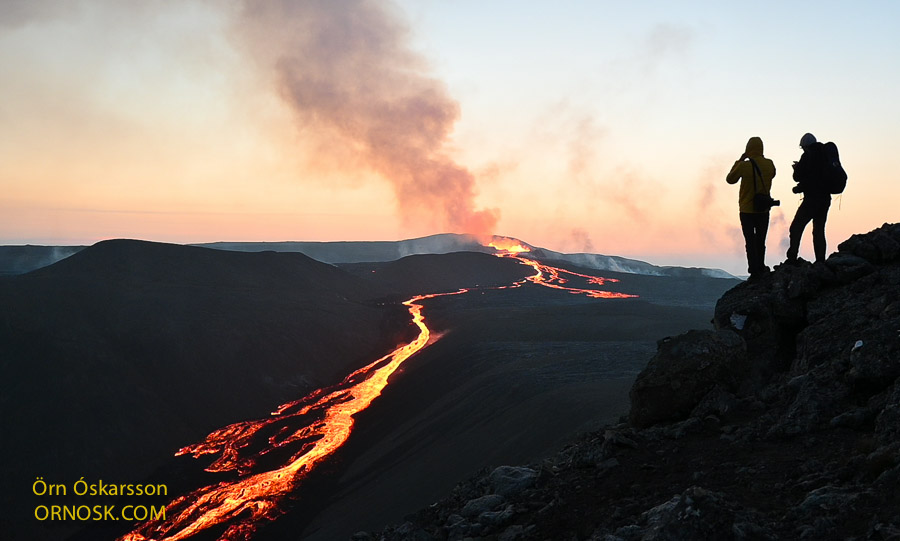
There was a lot of interest in this eruption and Icelanders as well as tourists came from all over the World to experience the sensation of seeing a volcanic eruption and feeling the heat from the flowing lava. Most days thousands of people hiked to the site and although it is not far from the urban area it is considered remote wilderness. Rescue teams had a busy time assisting and finding people who had lost their way or were injured e.g. broken bones. Although the eruption has ceased, the site is still a popular scenic attraction.
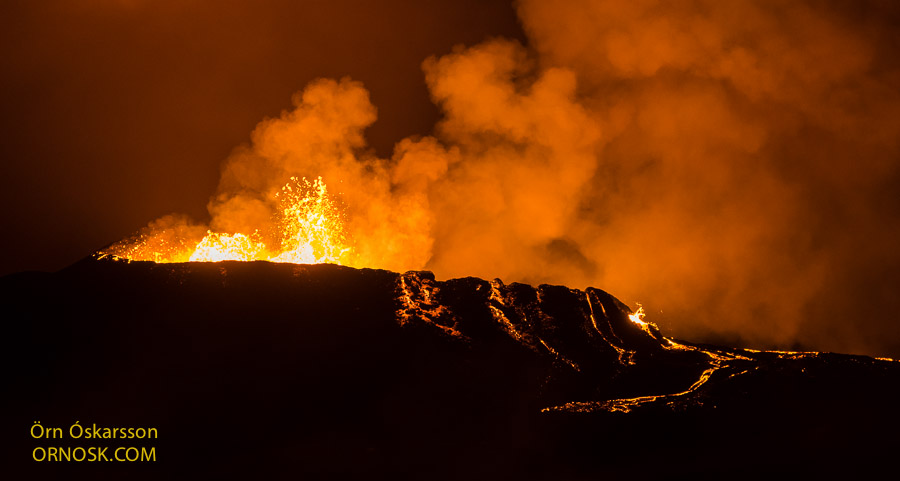
Ornosk went several trips to the volcanic site and took some interesting pictures. These are a few of them from different times.
